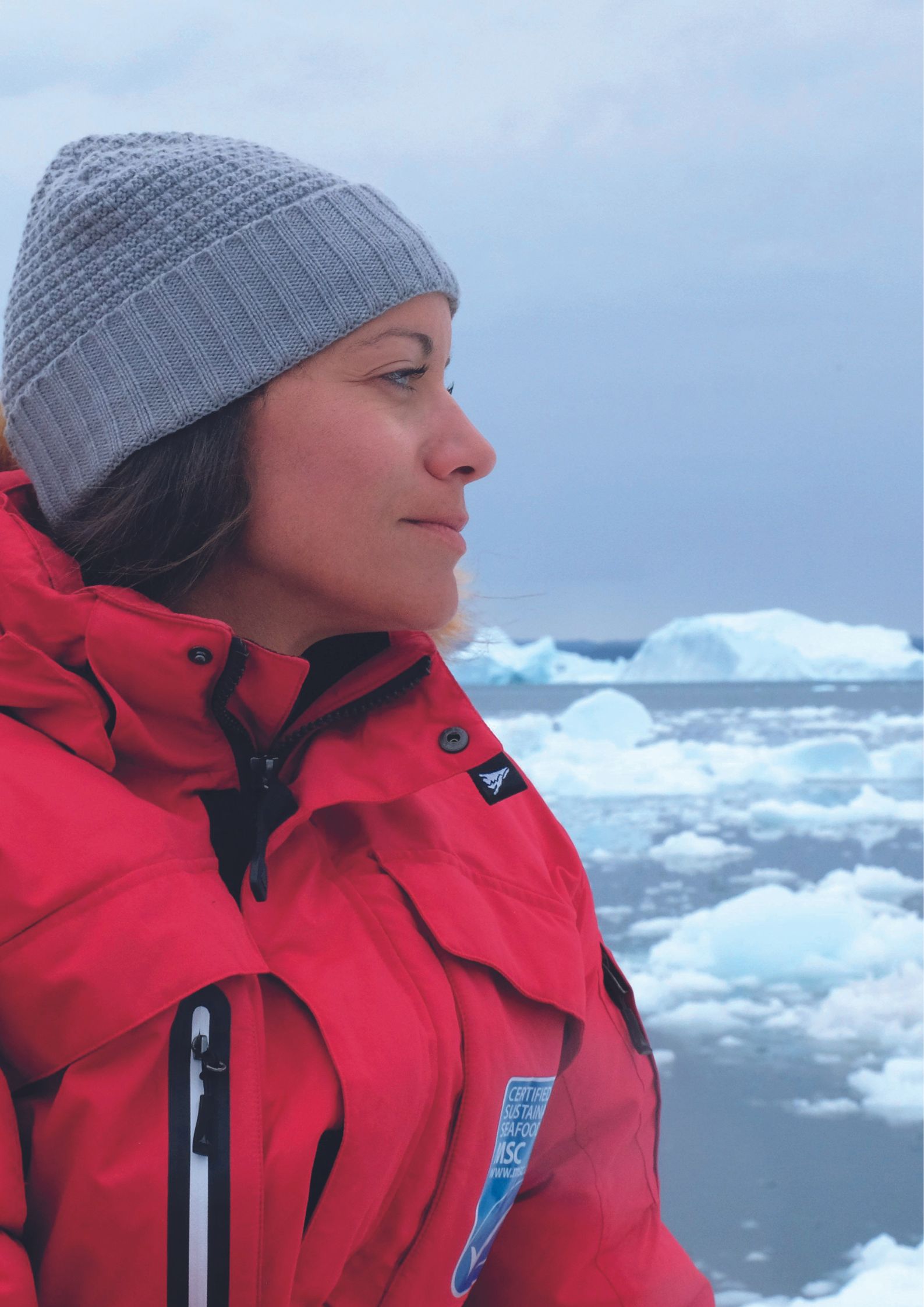In March, the President of the Intergovernmental Conference on Marine Biodiversity of Areas Beyond National Jurisdiction (BBNJ) announced that delegates had reached a legally binding agreement to help protect the high seas. The text, officially the BBNJ Agreement, but known as the High Seas Treaty, is crucial for enforcing the pledge made by countries at last year’s COP15 to protect a third of the sea and land by 2030. Just 1% of these parts of the sea are currently protected, despite making up two-thirds of the world’s oceans, and those often lack effective management.
IUCN has been working to protect biodiversity in the high seas for over two decades. In recent years, the Union has been providing independent scientific, technical and legal advice to the state delegates of the BBNJ. We’ve been hosting expert workshops and presenting case studies on establishing marine protected areas (MPAs). During the pandemic we held remote events to keep the dialogue going between UN sessions, as well as other capacity-building activities targeting the Global South.
In March, I headed IUCN’s delegation to the BBNJ talks in New York. We were there for two weeks, listening and providing independent advice, and holding events for delegates to come together. The conference was due to finish on Friday at 6pm, but we all knew that these things can drag on into the early hours.
As delegates negotiated late into the night, it became utterly surreal, with people scattered everywhere, trying to get some rest. At one point I had a US Secretary of State sleeping on a chair next to me. A colleague from IUCN Oceania, from Fiji, bought in a cooler of Kava, a muddy-looking drink which is a sedative, and was serving that in the UN lobby.
The conference was presided over by Rena Lee, Singapore’s Ambassador for Oceans and Law of the Sea Issues. It was she that memorably announced that “the ship has reached the shore” when the Treaty was finally agreed late on Saturday evening. One thing I found interesting was that, as a woman, Lee brought a different, inclusive and very open style of leadership – and in fact had been criticised earlier in the conference for being too inclusive. Being inclusive is much harder, but she did it and she did it her way.


